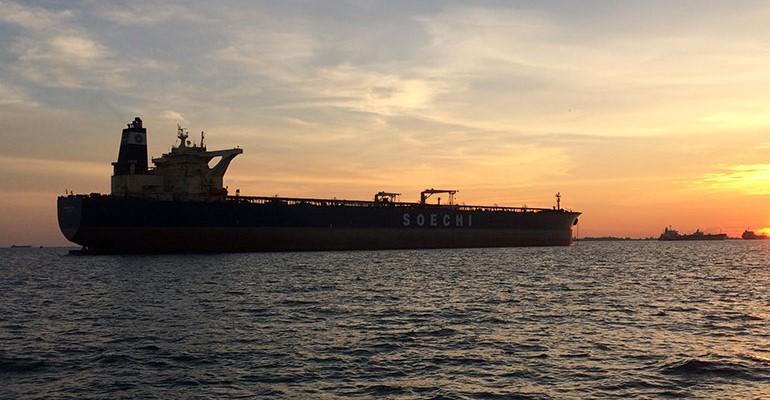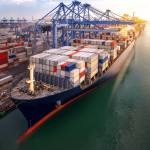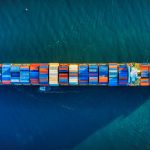Global ship services provider Zener Maritime Solutions has warned shipping companies in the Middle East that they need to prepare to address the implications of IMO industry targets related to the Energy Efficiency Existing Ship Index (EEXI), the operational Carbon Intensity Indicator (CII), and remote surveys.
Officials from Zener’s Dubai office made a series of presentations at an event in early June to underline the importance of addressing IMO-adopted amendments to MARPOL Annex VI, which brought the EEXI into being in June 2021, and come into force for all vessels above 400GT on 1 January, 2023.
According to ship classification society DNV, the EEXI is a measure introduced by the IMO to reduce shipping GHGs, and related to the technical design of a ship. “Ships have to attain EEXI approval once in a lifetime, by the first periodical survey in 2023 at the latest,” it said.
Class society Bureau Veritas said a ship’s CII was calculated as the ratio of the total mass of CO2 emitted to the total transport work undertaken in a given calendar year.
“A vessel’s performance rating is determined by comparing a ship’s operational carbon intensity performance with the average performance of others ships of the same type,” it said. “Required reductions for each ship type are expected to either increase or remain stable over time, ensuring that international shipping achieves the IMO’s intended targets.”
Sanjeev Panicker, Zener’s business development director, said the IMO’s decarbonization goals sought to achieve a 40% reduction in average carbon intensity by 2030, and 70% by 2050, as well as the reduction of total greenhouse gas (GHG) emissions by 50% by 2050. “Maintaining the status quo will result in an unacceptable 20% increase in GHG by 2050. The hard truth is that current advancements and initiatives are insufficient to meet the goal of zero-carbon shipping,” he said.
Shipping companies needed to map their fleets, and specify targets and action plans as part of addressing upcoming compliance issues. “Ascertain ships that require thorough mapping assessments of fleet compliance for the future. Establish specific target sets for evaluating available options and conduct feasibility studies. Perform backward-planning with the goal of achieving compliance in time, or ahead of, the deadline,” he said.
Panicker cited Clarksons research to show that 96% of the global containership fleet was technically compliant with EEXI requirements today, while 74% of the oil tanker fleet, 59% of the bulk carrier fleet, and only 32% of the very large gas carrier fleet, met the appropriate standards.
Studies have shown that LNG will be the fuel of choice for all vessels up to 2030, but that, by 2050, hydrogen, ammonia and methanol will emerge as the most popular types.
With EEXI and CII milestones fast approaching, Panicker said asset owners were trying to determine sustainable solutions for their existing fleets to be compliant with regulations. Switching to non-carbon intensive alternative fuels, carbon-capture solutions, or retrofitting with innovative energy efficient technologies, were among the solutions that shipping lines needed to consider.
Zener Maritime also provides unmanned aerial vehicles, for remote survey, but one audience participant said that he had yet to see drone efficacy proven to be superior to inspections conducted by humans.
Nikeel Idnani, honorary secretary of IMarEST UAE branch, and organiser of an annual Dubai-based shipping speaker series, said the institution was a ‘town square’ for debate in the region, helping the shipping community air topics of interest.
Panicker made the remarks during an evening entitled ‘The Path to Future-Proof Ships,’ organised by Zener at the Waldorf Palm Jumeirah in Dubai. In addition to Dubai, Zener Maritime also has offices in Singapore, India and the Netherlands.
Source: Seatrade Maritime News





